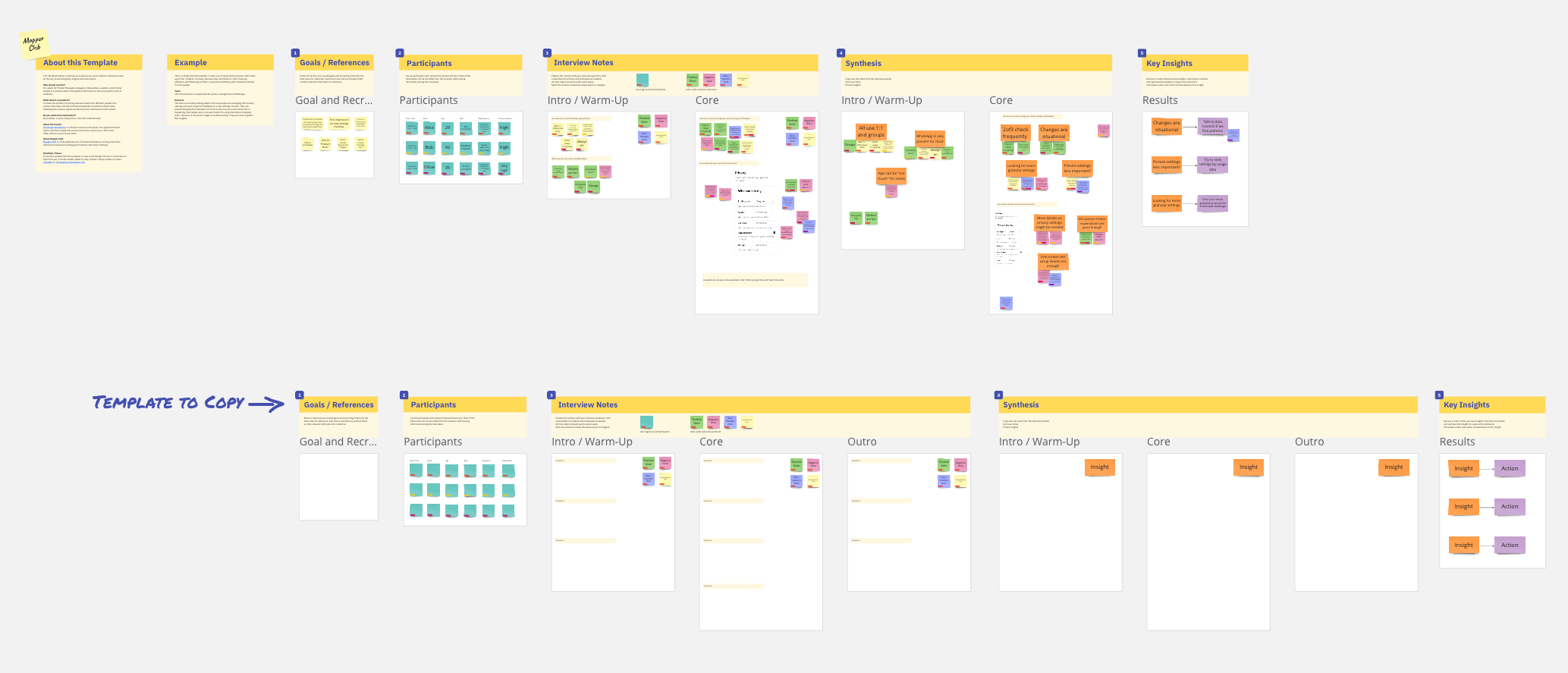🛠️ What does it take to talk to customers?
What does it take
|
Dear Reader,
Together with my friends at Orbital (a company I advise), I recently ran a LinkedIn poll about user interview behaviors. My goal was to get a rough overview of how product teams approach preparing customer interactions.
Here’s what I learned from the 320 total votes:
Who schedules your customer interviews?
Most (55%) of participants schedule interviews themselves, which indicates the healthy democratization of research access to scale Discovery in companies. While it requires the right skills and tooling, I have seen many situations where enabling a product team to recruit themselves simply reduces friction. And it creates the capacity for roles like user researchers to focus on the big rocks.
How long did it take you to schedule and conduct your last five customer interviews?
But do teams get the access they need? What's the point of being able to do your research when it takes you ages to get to the next reliable insight? 53% of participants shared that setting up their last five interviews took less than two weeks. Depending on the quality of the participants (and, consequently, insights), this feels good enough. Faster is often better, but you sacrifice interviewee quality for an artificial cadence.
How do you target interview participants?
Speaking of which, How do teams ensure they talk to the right people? Product Analytics data (38%) and Screener responses (32%) are the go-to qualifiers for the participants of this poll. This is probably the result of a team's context: The former depends on the available tooling and interview infrastructure, and the latter "only" requires skills to craft revealing screener questions.
Lucky for you, Orbital can help you in these three areas.
Disclaimer: I see the scientific shortcomings of LI survey data and the potential skewing of results. It's one valuable (and, frankly, fun) data point.
Did you enjoy this one or have feedback? Do reply. It's motivating. I'm not a robot; I read and respond to every subscriber email I get (just ask around). If this newsletter isn't for you anymore, you can unsubscribe here.
Thank you for Practicing Product,
Tim
How to Dive Deeper into Product Discovery
Learn how I helped companies like Deutsche Telekom and Forto hone their Product Discovery practices. I closely work with product organizations through workshops and coaching to introduce and adapt Product Discovery.
| Learn more about my Discovery Consulting |
What did you think of this week's newsletter?
As a Product Management Coach, I guide Product Teams to measure the real progress of their evidence-informed decisions.
I focus on better practices to connect the dots of Product Strategy, Product OKRs, and Product Discovery.
Product Practice Newsletter
1 tip & 3 resources per week to improve your Strategy, OKRs, and Discovery practices in less than 5 minutes. Explore my new book on realprogressbook.com
Product Practice #387 Can We Drive the Same Outcome for Different Customer Segments? READ ON HERBIG.CO PUBLISHED Dec 5, 2025 READING TIME 4 min & 40 sec Dear Reader, "An outcome is a measurable change in human behavior that creates business value." (via Josh Seiden). But what if different customer segments share the same problem? Should you repeat the outcome on your impact map? The answer: Yes—when it forces clarity. From the chapter "Targeted Discovery" in my Book Real Progress Let me give...
Product Practice #386 Why your Discovery Insightsneed an Expiration Date READ ON HERBIG.CO PUBLISHED Dec 29, 2025 READING TIME 5 min & 32 sec Dear Reader, "I believe we should split-test this change to the funnel." "No, we tried that 3 years ago. Didn't work." End of story...right? 9-ish years ago, I got to listen to Willem Isbrucker sharing his insights from running experiments at booking.com (famous for their quantitative data-first approach) at ProductTank Hamburg. Among other things, he...
Product Practice #385 Why Strategic THINKINGmatters more than THE Strategy READ ON HERBIG.CO PUBLISHED Nov 20, 2025 READING TIME 4 min & 5 sec Dear Reader, Will I meet you later today in Frankfurt? "We can't move forward until leadership finishes the strategy." I've heard this from countless product teams. Roadmap planning is on hold. OKRs feel arbitrary. Discovery lacks direction. Everything hinges on THE strategy document, which is perpetually "almost done." Here's what nobody wants to...
